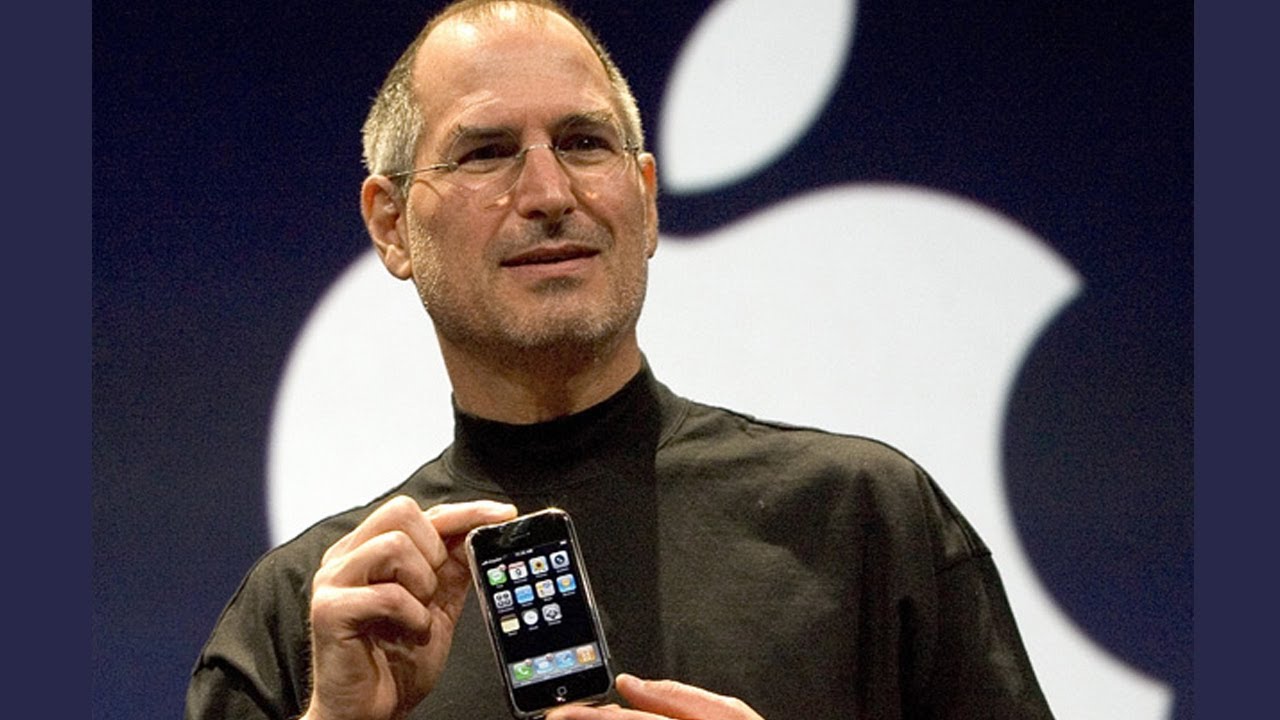The art of the Apple event

It might not seem that way now, but announcing new products used to be boring. Whether by press release, press conference, or series of individual briefings with members of the press, tech products came out in a quiet and somewhat orderly fashion that did not remotely resemble showbiz.
Steve turned Apple's product launches into magic by combining anticipation and stagecraft. Though rumors often blunt the surprise factor of Apple's media events, the fact remains that the most anticipated product launches in the tech world are often called by Apple, like the one happening on Monday in Cupertino.
Some good fortune
I think Jobs always saw himself as a showman, all the way back to the out-of-the-bag reveal of the original Mac in 1984. But he also had some good fortune that helped him make Apple's announcements into the hottest ticket in tech.
That's because Jobs inherited two live events that were entirely focused on Apple: Macworld Expo (managed by IDG, my former employer, but Apple's participation and logistics were entirely controlled by Apple) and Apple's own Worldwide Developer Conference. Apple instantly had two opportunities every year to craft a stage show entirely focused on the company and its products.
Now, it's not as if Apple didn't do keynotes at its events before Jobs came back. (And of course, other tech companies did keynotes at events like the Consumer Electronics Show.) But all of these were gray, businesslike affairs — glorified press conferences or nerdy product announcements accompanied by boring PowerPoints. None of them could hold a candle to what Jobs did with the events once he took control of them.
Jobs also cracked down on secrecy at Apple. We might laugh now because almost every new product from Apple leaks in advance — usually right into the hands of the intrepid Mark Gurman of 9to5Mac — but in the early days, Jobs dramatically cut leaks from inside the company. As Apple become more secretive, it became more intriguing — not just to the public, but to the members of the press who coveted a good story.
People who aren't journalists may not realize the neat trick Jobs pulled. Product announcements are basically press releases: They're publicity. They're arguably news, but they're boring news — and a cynical writer could view them as free PR for the company putting out the press release. Rewriting a press release is one of the lower forms of journalism.
iMore offers spot-on advice and guidance from our team of experts, with decades of Apple device experience to lean on. Learn more with iMore!
Covering an Apple event didn't feel like that, and it still doesn't. It feels like an event, and when you're reporting on it, you're not rewriting a press release — you're covering something as it happens live, just as if you were in the White House briefing room during a presidential press conference. In the end, these Apple events are just product announcements — the brilliance is that the stagecraft makes them much more interesting to journalists and fans alike.
Changing the game
It's hard to get people excited about science and technology: The pace of innovation is slow, and it happens behind closed doors. I see it even more now that I write and talk a little bit about space — how do you get journalists and the public excited about new scientific discoveries when they're rolled out in dry scientific journals? It takes one part showmanship, one part stagecraft; you have to create a gripping story that explains the results, puts them in context, makes it something that might hit page one of the New York Times or the top stories on CNN.
The Apple keynote, perfected by Steve Jobs, does this perfectly. It's scientific innovation live on stage, one night (okay, one morning) only. You get the sense as you watch an Apple event that you may be witnessing something that will change the world, or at least your world. Most of the time, the results are a lot more modest, but can you deny that the moment the iPhone was announced, the world changed?
Apple's success, with its live events and in the market in general, also changed its approach. Apple pulled out of Macworld Expo and began setting up its own media events entirely separate from existing trade shows and conferences, proving that it had the clout to get journalists from all over the world to converge on the Bay Area with only a couple weeks' notice. (How things have changed. In 1998, Apple couldn't even get most of the Macworld staff to show up for what turned out to be the iMac launch event, and there were plenty of empty seats during the 2001 introduction of the iPod.)
Apple has changed the game for its competitors, too. Companies like Google, Amazon, Samsung, and Microsoft now feel free to call their own media events, following Apple's lead — albeit with mixed results. (I once went to a Samsung event at Radio City Music Hall that was embarrassingly bad, but I can't deny that it was full of stagecraft!) And the company announcements at events like the Consumer Electronics Show, Google IO, and Microsoft BUILD are in a style that will be quite familiar to anyone who has seen an Apple event. It's Steve Jobs' world; we're all just watching people present Keynote slides in it.
Pour one out for old Town Hall
Monday's event will be at Town Hall, a small auditorium in Apple's Infinite Loop campus that's hosted numerous events over the years, most notably that 2001 iPod launch and the iPhone 4 "Antennagate" press conference. Lately, even after a redesign that increased the capacity of the room to about 300, Apple has only called its most low-key events there.
There's a lot of speculation that it will be the last-ever event at Town Hall. WWDC is held at San Francisco's Moscone Center every year, and the fall's iPhone launch events are always at a larger venue somewhere in the Bay Area. With the new Apple campus on the way in 2017, this might be its last hurrah.
But even that tells a story about the success of Apple's events: The new Apple campus features a large underground auditorium with a capacity of 1,000. With the exception of WWDC keynotes, it's possible that every future Apple media event will be on the Apple campus, in a space purposely built for the kind of scene we've come to expect from the company. It's not just the campus that Steve Jobs built — it's the auditorium that his style and sense for drama made absolutely necessary.
Former lead editor at Macworld for more than a decade, wrote about Apple and other tech companies for two decades. Now I write at Six Colors and run The Incomparable podcast network, which is all about geeky pop culture, and host the Upgrade and Clockwise tech podcasts.

